Hyperthermia Therapy of a Cancer Tissue ANSYS Fluent CFD Simulation Training
$240.00 $120.00 Student Discount
- The present study examined blood flow in capillaries passing through a tissue containing cancerous tumors using Hyperthermia Therapy by ANSYS Fluent software.
- We have designed the geometry using ANSYS Design modeler software and created the mesh on this geometry using ANSYS meshing software. The mesh type is unstructured with 717087 cells.
- The whole tissue can be considered a porous medium.
- This simulation is performed as unsteady (Transient).
- The Source Term option is used. The UDF code defines the amount of heat applied per volume unit.
Click on Add To Cart and obtain the Geometry file, Mesh file, and a Comprehensive ANSYS Fluent Training Video.
To Order Your Project or benefit from a CFD consultation, contact our experts via email (info@mr-cfd.com), online support tab, or WhatsApp at +44 7443 197273.
There are some Free Products to check our service quality.
If you want the training video in another language instead of English, ask it via info@mr-cfd.com after you buy the product.
Description
Hyperthermia Therapy Description
Common methods of cancer treatment include surgery, radiotherapy, and chemotherapy. These methods have disadvantages, including aggressiveness, irreversibility, and side effects. Warming in Hyperthermia Therapy prevents oxygen and nutrients from getting into the unhealthy tissue. In this way, proteins within the tissue change nature and can surround the cancer cells. This makes it possible for the immune system to identify cancer cells.
The present study examined blood flow in capillaries passing through a tissue containing cancerous tumors using Hyperthermia Therapy by ANSYS Fluent software. For this purpose, we assume a spherical space to be an example of healthy body tissue or cell in which blood flows slowly.
There are several veins within this tissue. The vein structure of cells and tissues of the body are like bushes. To simplify the problem, we assumed that all the veins align uniformly in the tissue (X-axis).
There are four spherical cancerous tumors of different diameters at the center of this tissue and on the surface of the veins as Biological Tissue. The thermophysical properties of healthy tissue differ from those of cancer cells. However, to simplify this, we assume the thermophysical properties of the healthy tissue are similar to the unhealthy cells.
Every cancerous tissue is a heat source with heat energy per unit of volume to cause heat transfer and thereby significantly increase blood flow. This study aims to investigate the response of blood vessels and body tissues to this heat in hyperthermia therapy.
Incoming blood flow to the capillary has a magnitude of 0.08 m/s and a temperature of 310.15 kelvin. Also, blood flow around the capillary has a velocity equal to 0.000035 m/s and a temperature of 310.15 kelvin. We have designed the geometry using ANSYS Design modeler software. We also created the mesh on this geometry using ANSYS meshing software.
The mesh type is unstructured with 717087 cells.
Methodology
We activate this simulation’s energy equation to consider the heat transfer effect of hyperthermia therapy. The tissue is a porous medium as the blood flows through the capillaries through the empty cavities within the tissues. The value of the porosity coefficient is equal to the ratio of the volume of vacant space to the total space volume, which is equal to 0.05.
According to the problem description, we subject heat to each of the four spherical cancer tissues by ultrasonic waves. The amount of heating per unit of the volume of the tissues is within ten seconds. Therefore, we use the Source Term option.
The UDF code defines the amount of heat applied per volume unit. The heat generation at the center point of each sphere is about 10,000,000 W.m-3. While at the other parts of the sphere, at a certain distance from the center, it is less than the defined heat.
So a UDF code will be needed to define the amount of heat per unit volume of spheres volume. This simulation is performed as unsteady (Transient).
Hyperthermia Therapy Conclusion
For the current simulation, we present both volume rendering (3D Contour) and contours of the domain’s velocity, pressure, and temperature and each component to give much insight into the problem. As can be seen from the contours, the temperature around the blood tumors is depicted in the Figures, which is the main challenge of this simulation.

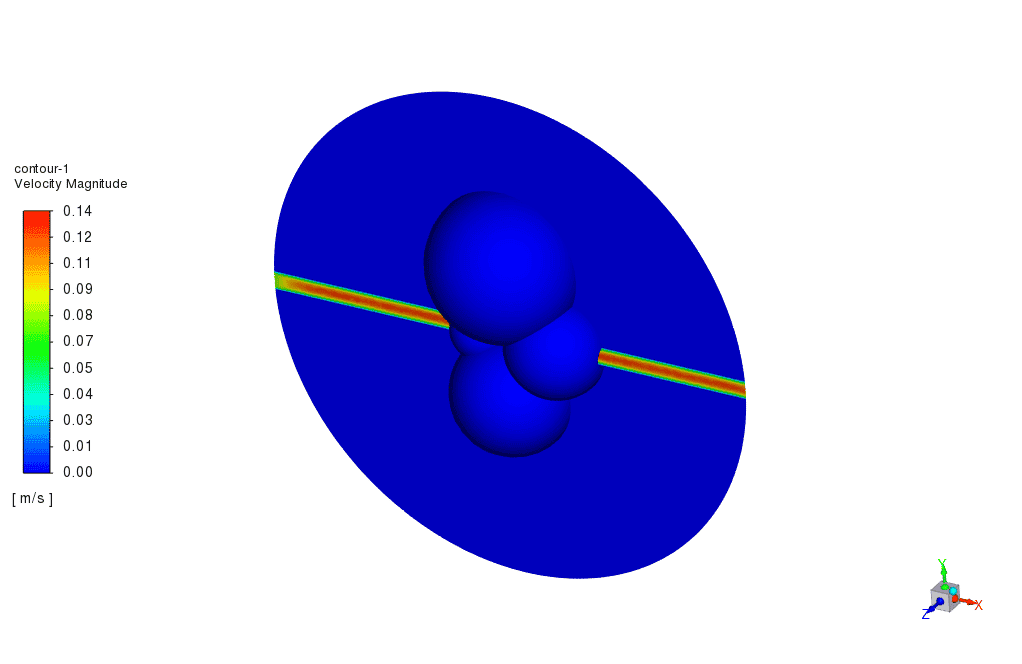
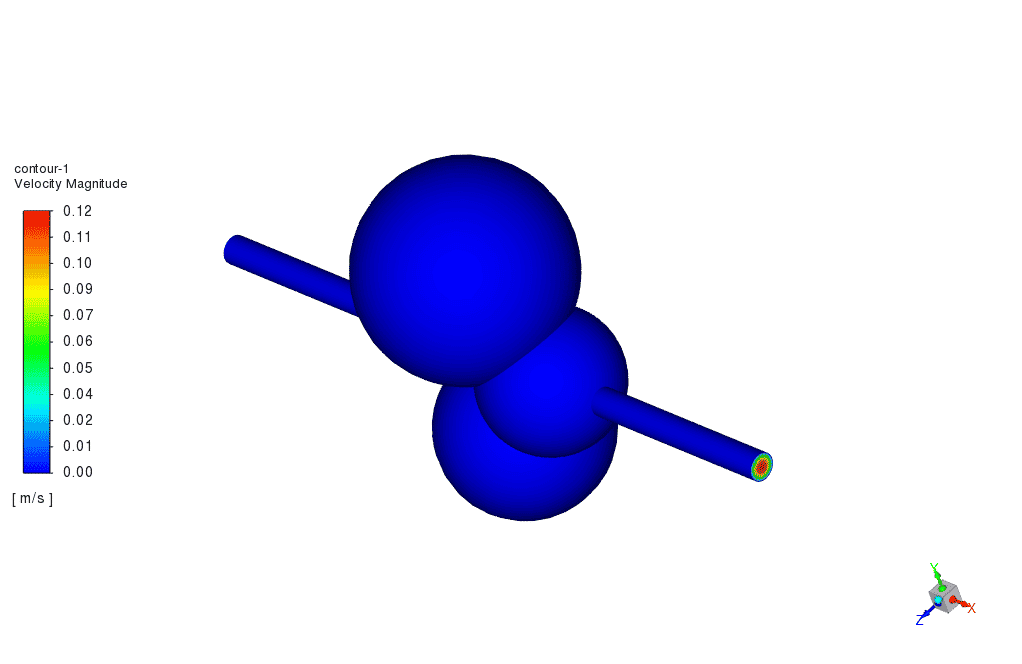
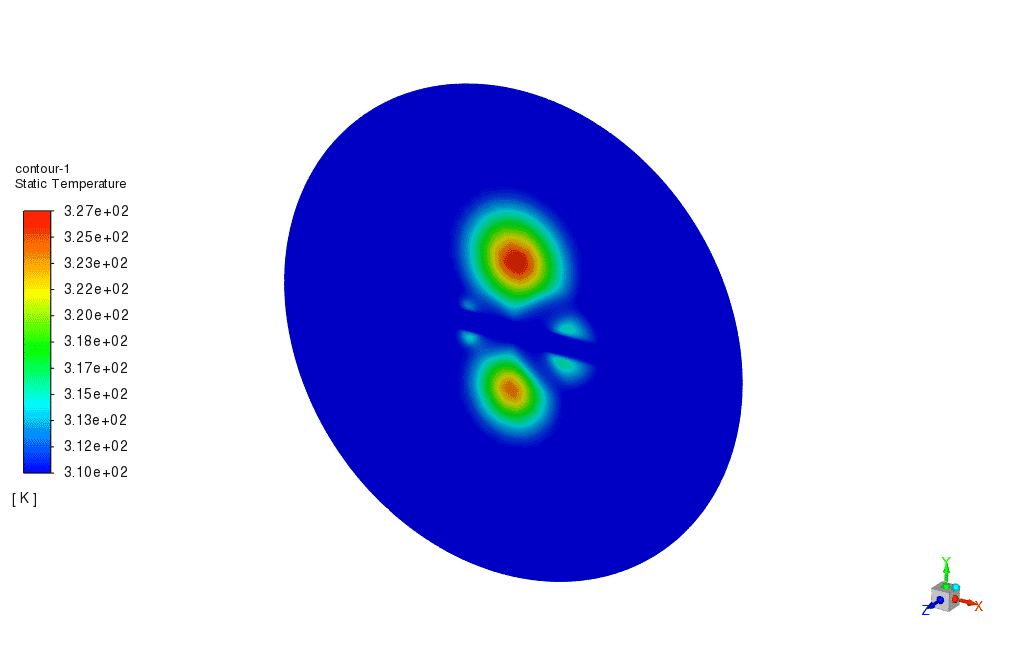
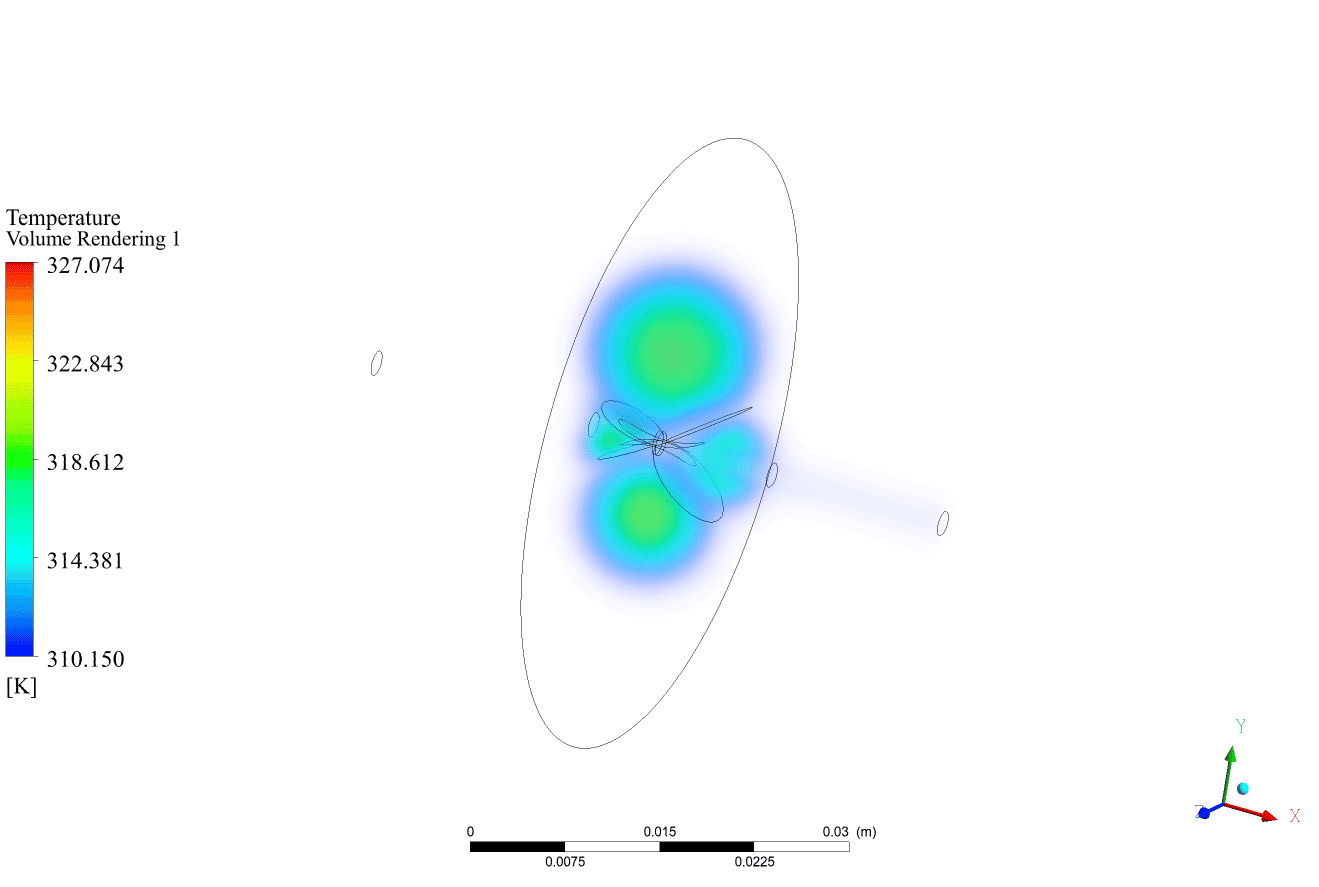
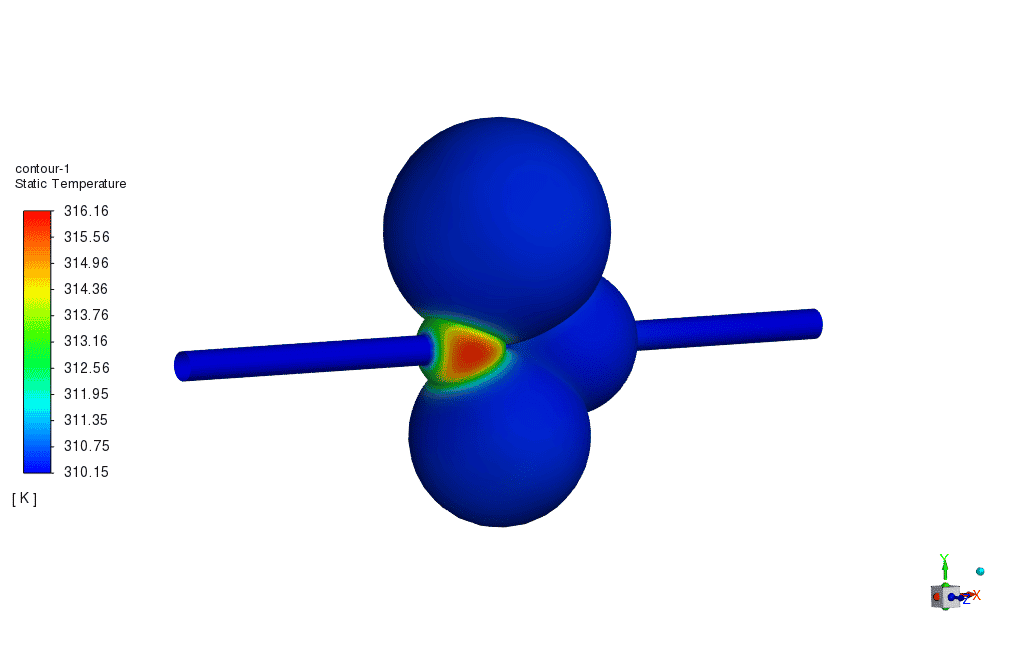
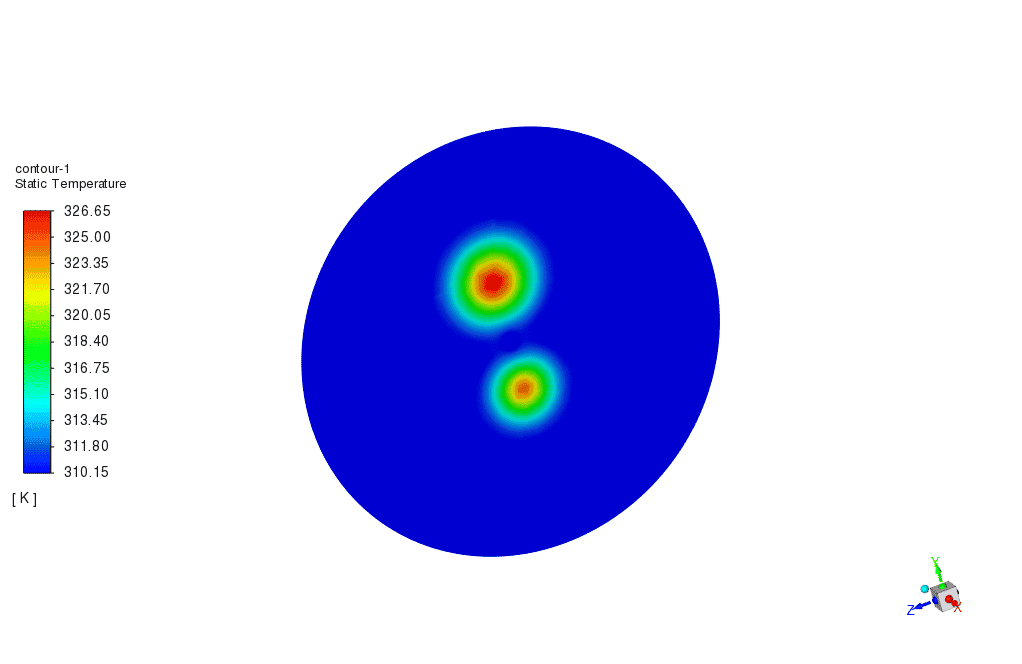
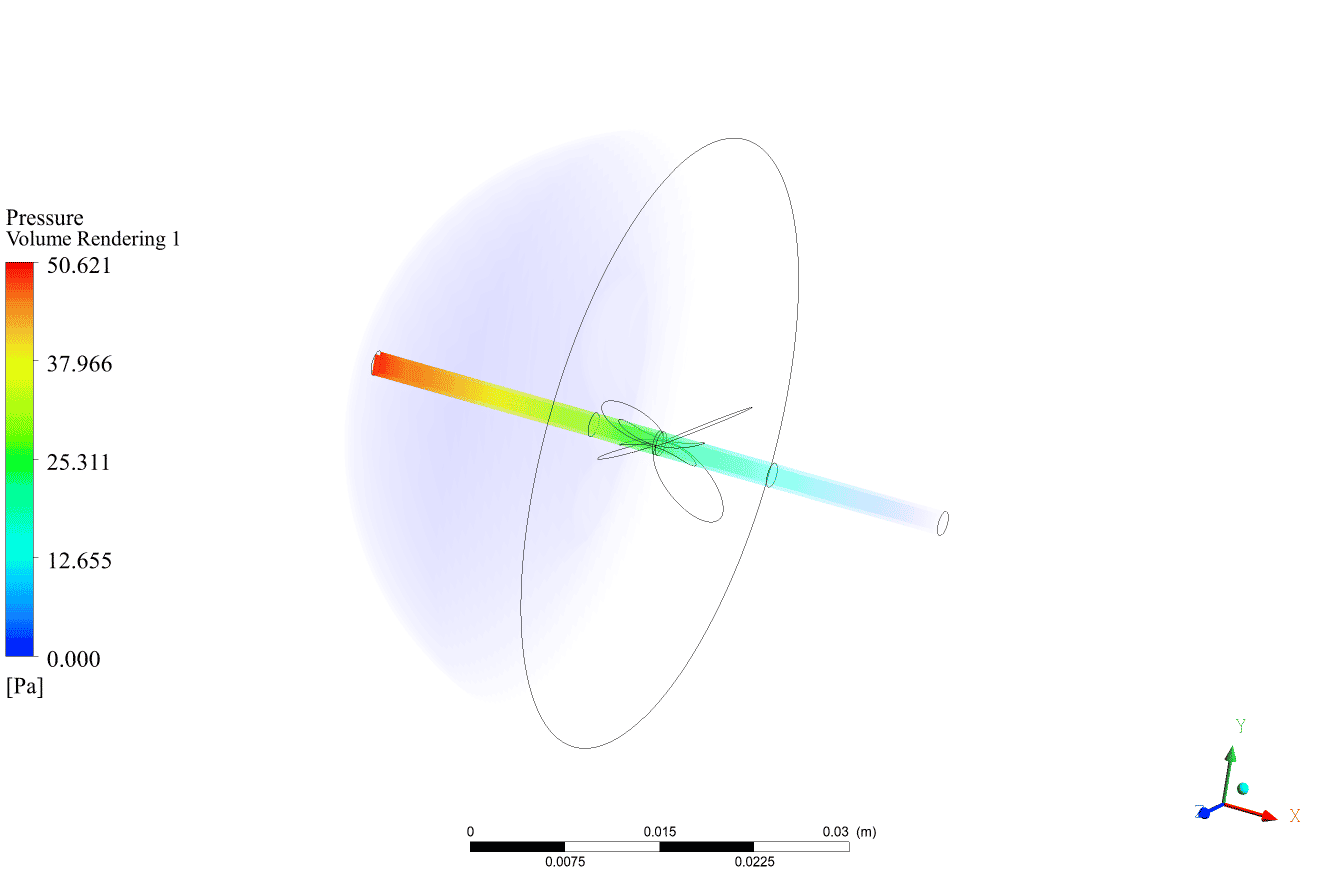
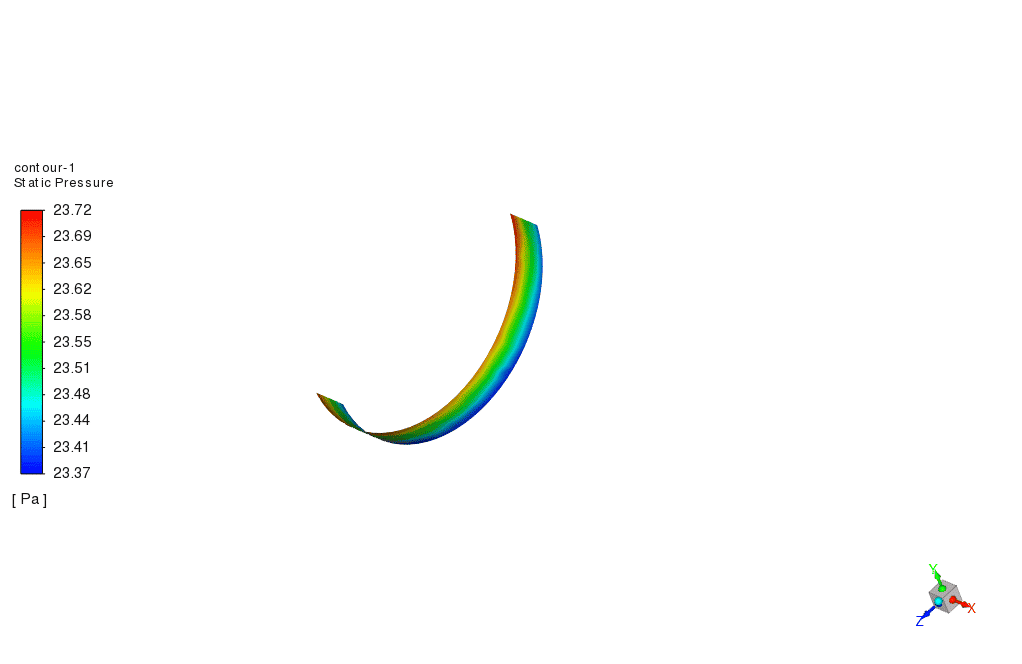
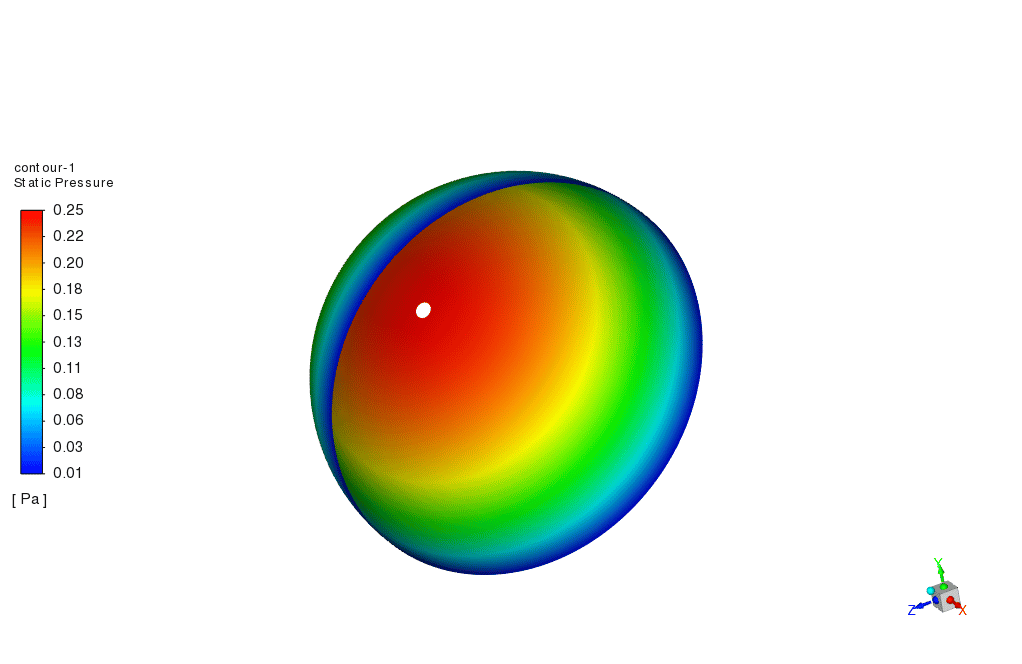
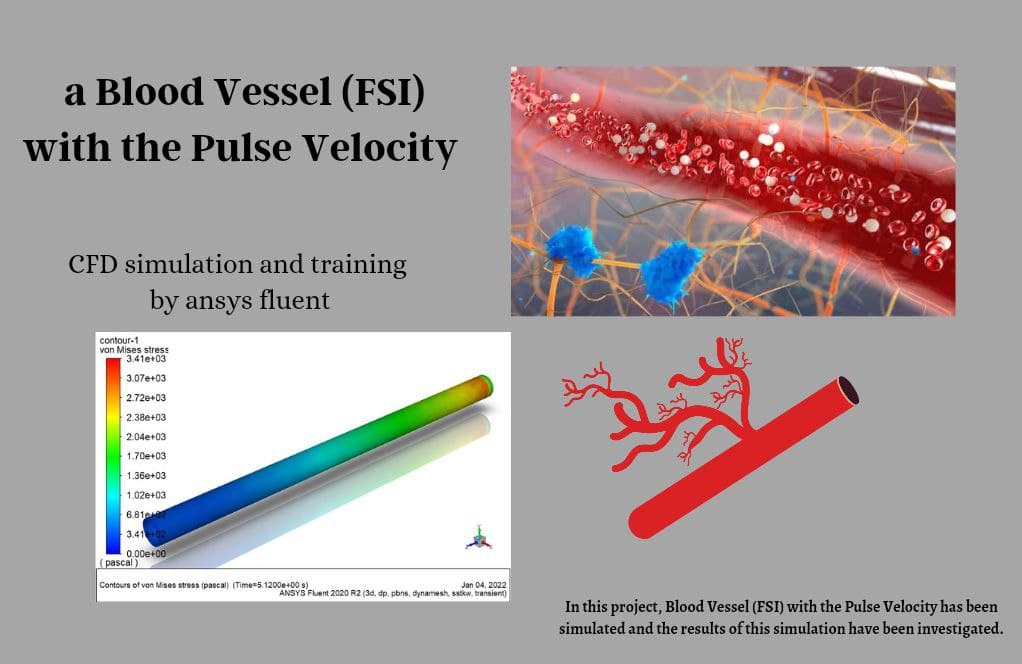
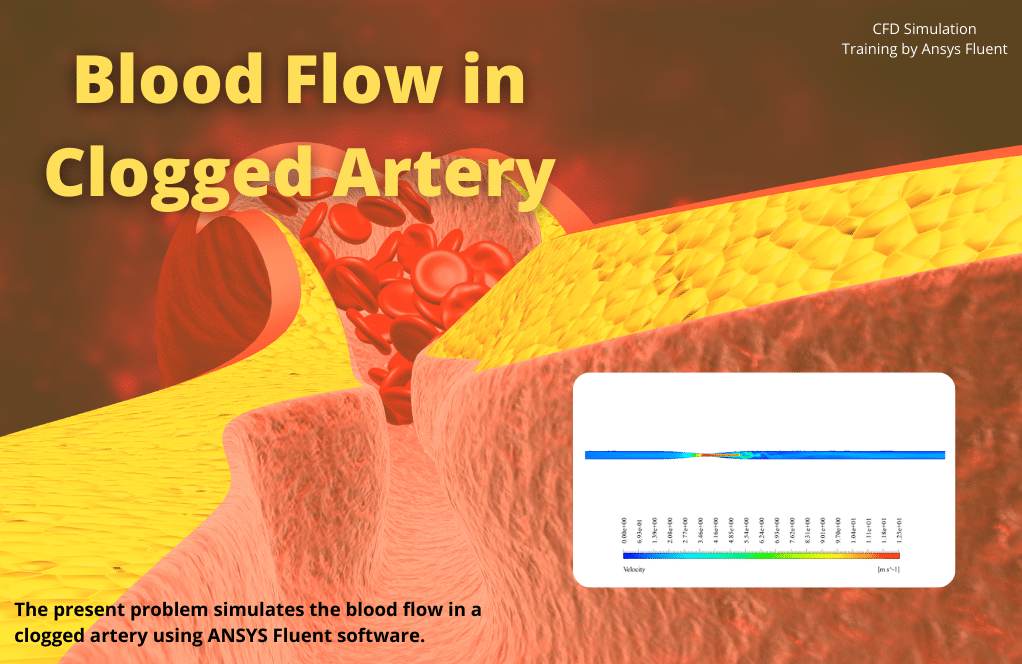


Destinee Doyle –
It was extremely helpful and full for the material I was going through with this training.
Nyasia Roberts –
Can your simulation be customized to model hyperthermia therapy in different types of tissues or tumors?
MR CFD Support –
Absolutely! We can customize our simulation to accommodate different types of tissues or tumors. Please get in touch with us to discuss your specific needs.
Tracy Stiedemann –
I appreciate the level of detail in simulating the hyperthermia therapy. Did the simulation results reflect the actual performance of this therapy in a clinical setting?
MR CFD Support –
Thank you for the compliment! Yes, the simulation aimed to closely mimic the clinical application by studying the temperature distribution around the tumors and the effect on blood flow, providing insights into the efficacy of hyperthermia therapy using ANSYS Fluent.
Makenna Feest –
Wow, the level of detail in your CFD simulations is impressive! It’s clear a lot of work goes into each model.
Cydney Feil –
What are some of the main challenges that can be predicted for this Hyperthermia Therapy simulation?
MR CFD Support –
In this simulation, some of the main challenges involve accurately modeling the heat transfer from the cancerous tissues to the surrounding medium, considering the complexities of the blood flow and heat interaction within the tissue. Predicting the precise spread and absorption of heat, accounting for the thermophysical property variations between healthy and cancer tissue and understanding how this localized heating influences blood flow can be particularly challenging. Furthermore, utilizing a UDF to model the varying heat source within the spherical tumors also poses a challenge.
Madeline Cruickshank –
I’m very impressed with the innovative approach toward cancer therapy in the simulation. Does the data reflect the actual success rate of Hyperthermia Therapy in treating cancerous tissues?
MR CFD Support –
Thank you for your positive feedback! The simulation is a theoretical model that provides crucial insights into the heat distribution and fluid dynamics involved in hyperthermia therapy. However, it’s important to note that the success rate of hyperthermia therapy in treating cancerous tissues would require clinical trial data, and the simulation alone can’t predict actual success rates. It serves as a tool for understanding the principles and potential effectiveness of the therapy.
Libbie Langworth Jr. –
I am fascinated by the approach taken to simulate hyperthermia therapy. Can you explain how UDF (User-Defined Function) is utilized to control the heating in various parts of the cancerous tissue?
MR CFD Support –
In this simulation, the UDF is employed to specify the spatial distribution of heat generated within the cancerous tissues. The heat generation has a maximum at the center of each tumor and decreases with distance from the center. The UDF allows for this variance by defining a heat source term that reflects the intensity and distribution of ultrasonic waves within the tumor volume. By using UDF, finite control over the localized heating can be achieved, creating a more realistic representation of the hyperthermia therapy process.
Brian Deckow III –
Can your simulation model the effects of different patient-specific parameters on the performance of hyperthermia therapy?
MR CFD Support –
Yes, our simulation can model the effects of patient-specific parameters, such as tissue properties and blood perfusion rate. This allows us to provide personalized predictions of the therapy outcome.
Abagail Lowe –
Can your simulation predict the temperature distribution in the tissue during hyperthermia therapy?
MR CFD Support –
Yes, our simulation can predict the temperature distribution in the tissue during hyperthermia therapy. This is crucial for planning the therapy and ensuring the safety and effectiveness of the treatment.
Prof. Jaleel Armstrong –
The unique insights from the simulation after hyperthermia therapy are incredible. The demonstration of temperature changes around the tumors offers a tangible way to understand the therapy’s effects.
MR CFD Support –
Thank you for your positive feedback! We’re thrilled to hear that the simulation could clearly depict the temperature variations resulting from hyperthermia therapy and offer an intuitive understanding of its impact on treating cancer cells. Your acknowledgment inspires us to continue delivering high-quality CFD simulations for educational purposes.
Mr. Deion Rau DDS –
I really found the multi-physics approach combining fluid flow with heat transfer in cancerous tissues fascinating. The detail in the methodology provides great depth for understanding the process of hyperthermia therapy simulation. The use of UDF for specific heat generation in cancerous tissues was particularly informative.
MR CFD Support –
Thank you for your thoughtful review! We are glad to hear that the multi-physics simulation approach and the use of the UDF for heat generation modeling were informative and contributed positively to your understanding of hyperthermia therapy. We strive to provide high-quality and detailed training products and appreciate your feedback!
Otilia Keebler –
Wow, the level of detail in your CFD simulations is impressive! It’s clear a lot of work goes into each model.